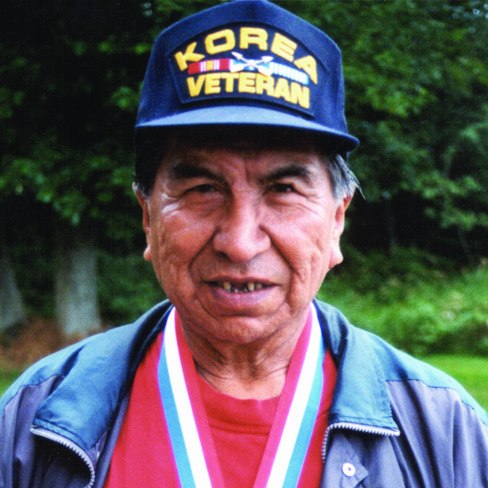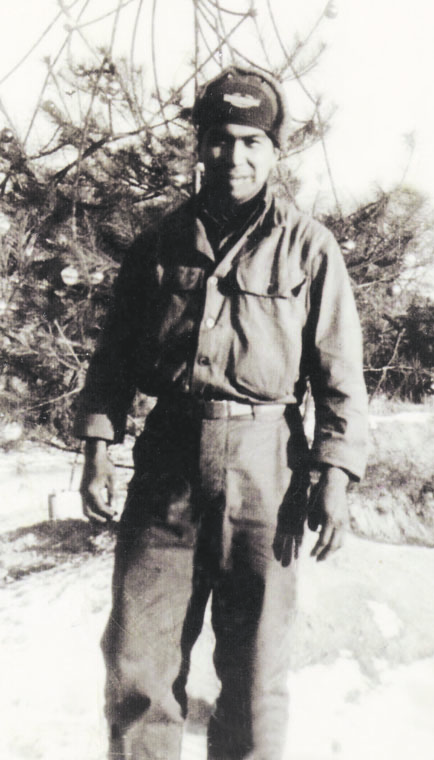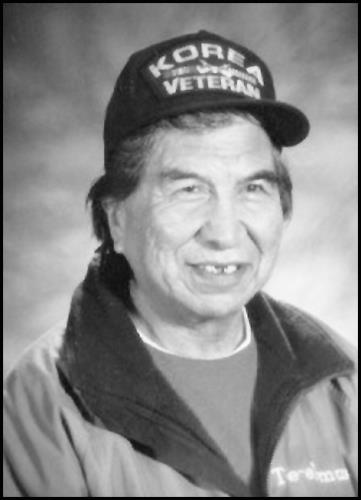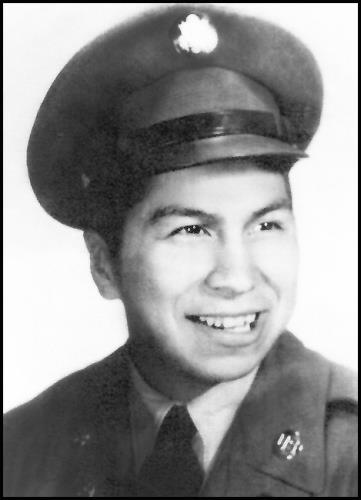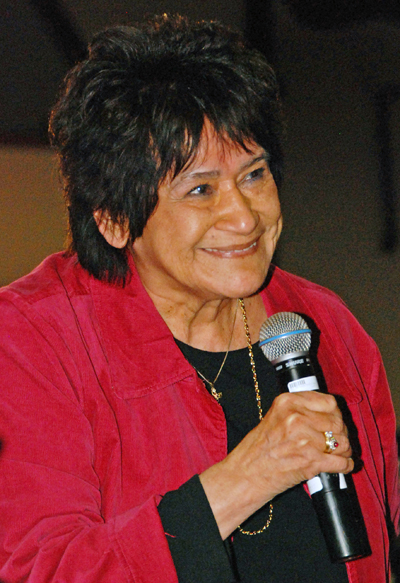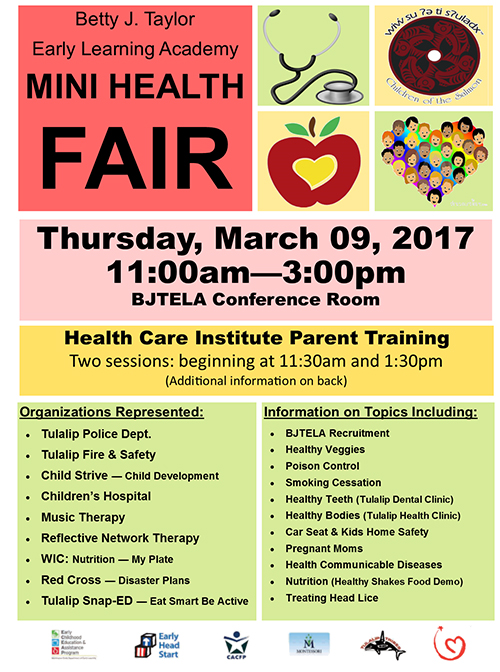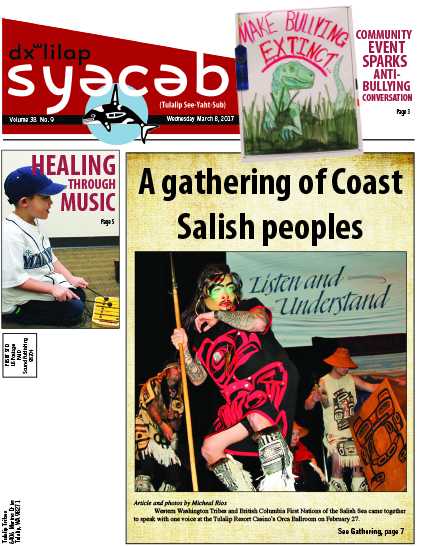Submitted by Jeanne Steffener, Higher ED
Are you interested in the intricacies of the human mind? Are you curious about human behavior and making a difference in people’s lives? Studying psychology can help you achieve these goals.
We use psychology everyday, talking with friends, arguing a point or disciplining children. However, most people are quite unaware that there is a science behind the decisions we make. Psychology allows us to understand how the body and mind work together. Through psychology, we learn how the mind works and how it can assist in everyday life by helping to build good relationships and learning to the best decisions. This many-sided study of the mind which impacts human behavior delves into many areas such as human development, sports, health, clinical, social behavior and cognitive processes.
A bachelor’s degee in psychology lays a critical foundation for work with the community in many fields which involves human relations and behavior. An undergraduate degree in psychology is an excellent preparation for graduate school in all fields of psychology; other behavioral and social sciences and graduate programs in business, law, medicine and other professional fields.
As a student of psychology, you get to study all aspects of the mind and human behavior which includes conscious and unconscious experience and thought. You will about learn about the general characteristics of human behavior and the differences. You learn what drives people and how that influences human behavior. Studying psychology offers students a foundation in analysis and critical evaluation of psychological literature, concepts and facts. Through psychological research, the student learns to investigate the causes of behavior using systematic and objective procedures of observation, measurement and theoretical interpretations, generalizations, explanations and predictions. Psychologists attempt to understand the role of mental functions in individual and social behavior which ultimately aims to benefit society.
The majority of psychologists careerwise become involved in some type of therapy, either practicing in clinics, counseling or involved in school settings. There are others who focus on scientific research touching on a wide spectrum of topics dealing with mental processes and behavior. These scientists find employment in univeriversity psychology departments or teach in academic settings. There are others who chose to seek employment in industrial and organizational settings working in sports, health, media, forensic investigation, law as well as human development and aging. Though psychology, the sky is the limit and the career opportunities are limitless.
If you are looking for a passion in life, psychology opens up the right doors to career and life opportunities. Please call Higher ED staff at 360-716-4888 or email us at highered@tulaliptribes-nsn.gov to find out how to begin the process.


